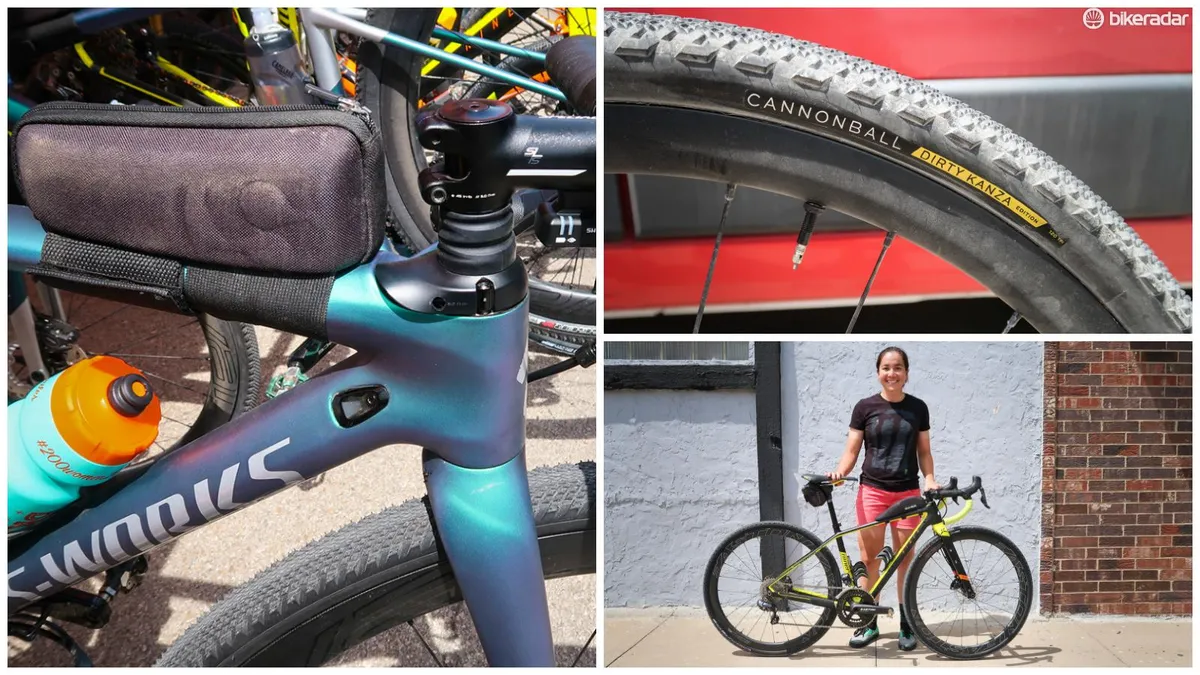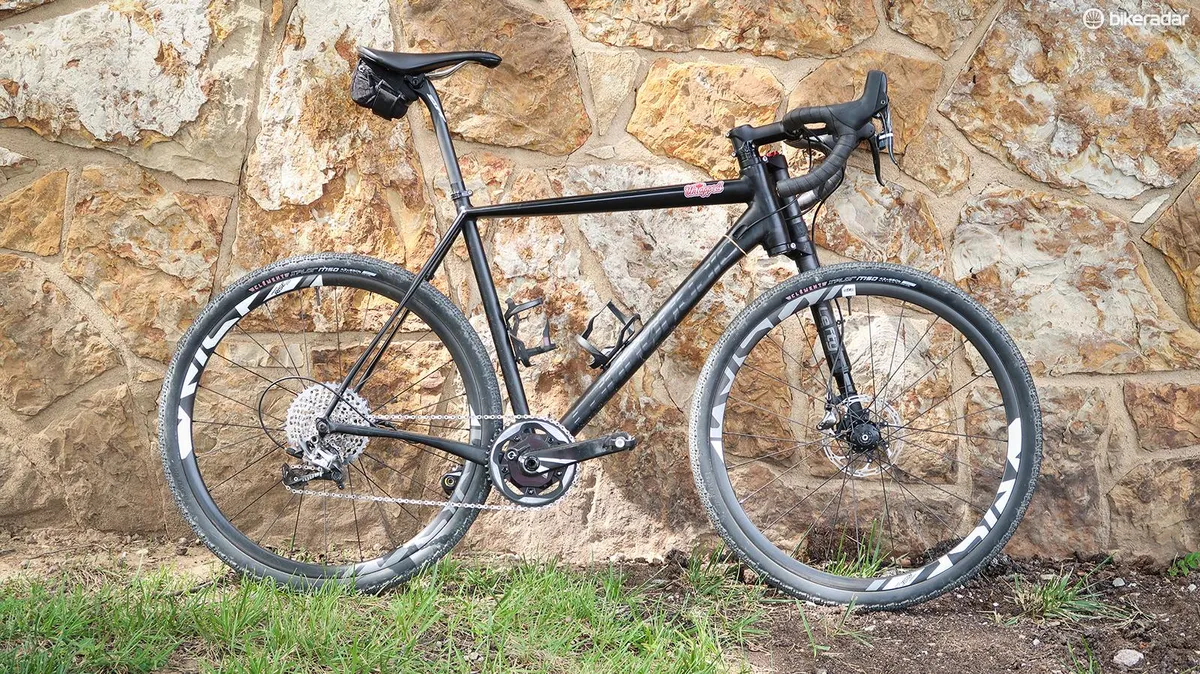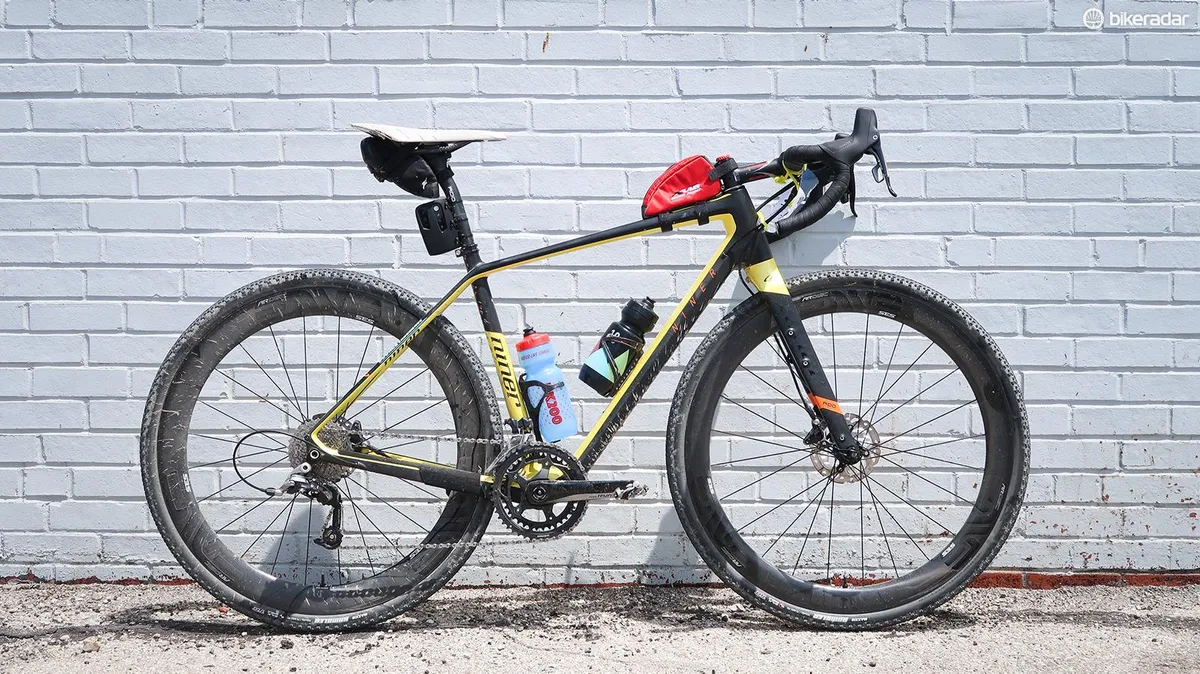The dust has settled on another edition of the Dirty Kanza 200, one of the most grueling gravel road races in North America. More than two thousand riders toed the start line in the small town of Emporia, Kansas, for distances ranging from 25 miles to the premier 200-mile event.
- Top 5 gravel bikes of 2016: for the adventurous ones
- Horse for the Course: Specialized CruX for the Dirty Kanza 200
The Flint Hills of Kansas have become the epicenter for gravel racing, and the Dirty Kanza is now the proving grounds for gravel-centric bikes and components.
As a tech geek perusing the expo and inspecting fellow racers’ rigs during all 206 miles of the race, there were certainly some trends to make note of.
Here are three trends in gravel tech from the 12th running of the Dirty Kanza 200.
The future of gravel is suspended
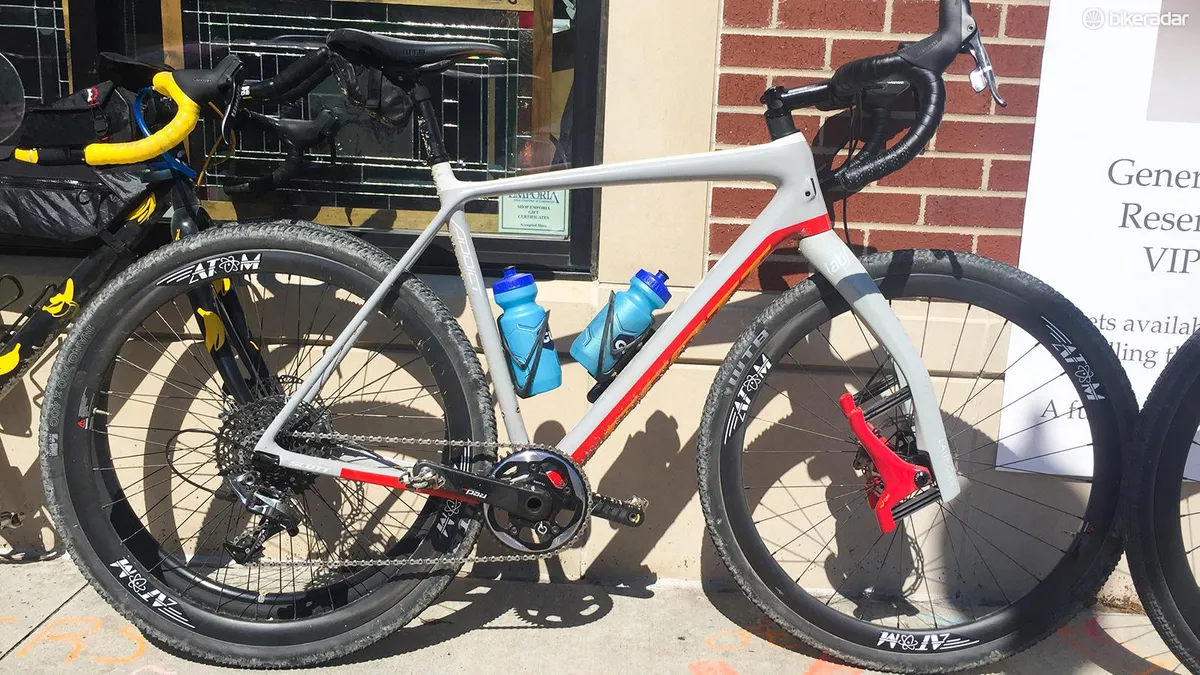
It seemed that every Lauf Grit fork on the planet was present in this small Kansas town.
This undamped carbon fork with carbon leaf springs is a very popular option for endurance gravel events.
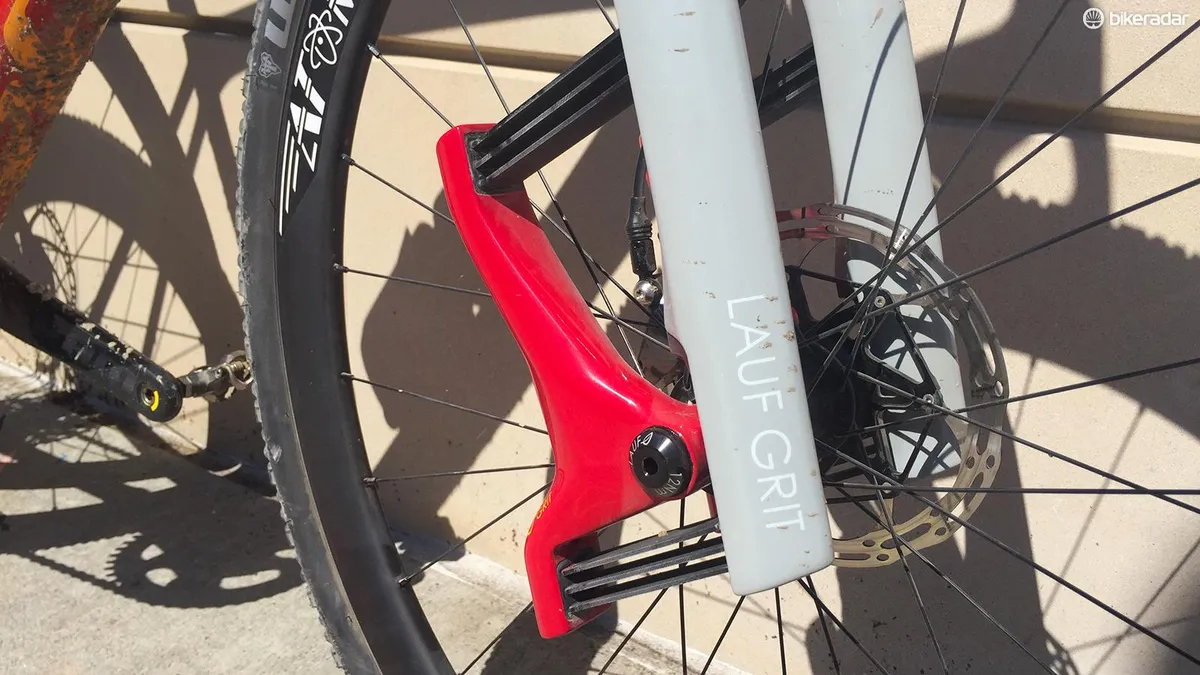
Cannondale’s Slate with its 30mm of travel supplied by the Lefty Oliver fork was less common, but still present. Ted King rode the Slate to victory last year. Alison Tetrick rode the Slate to victory in the women’s division this year.
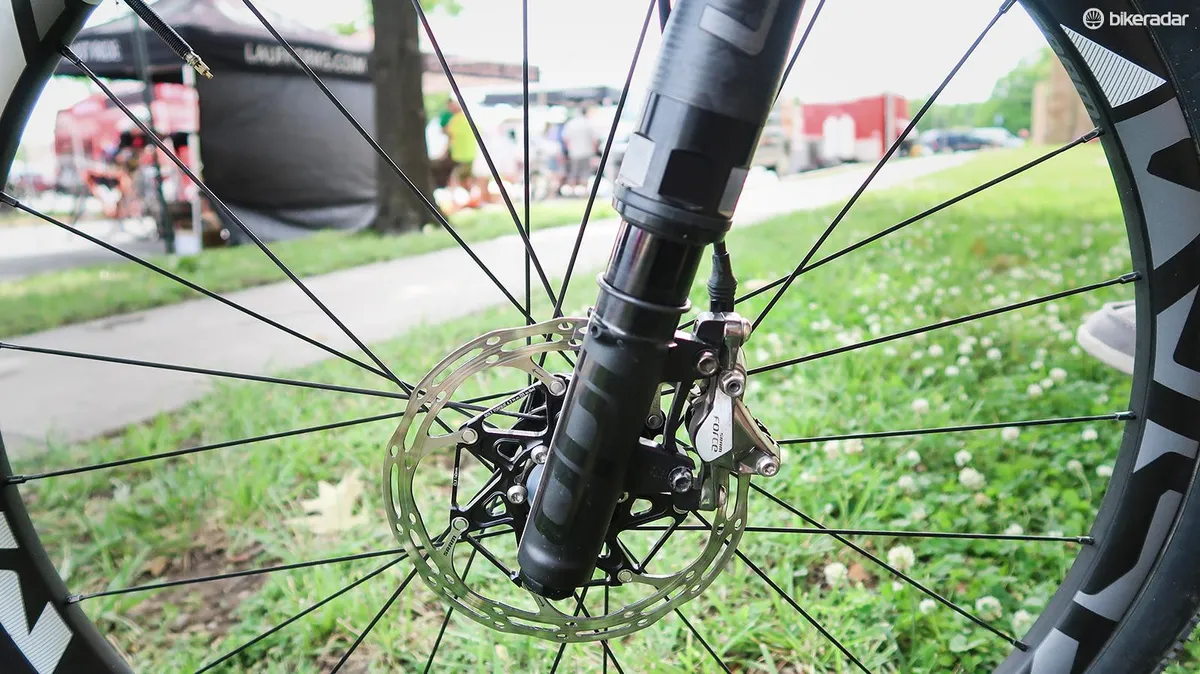
Last but not least on the suspension front, Specialized used this year’s race to tease the redesigned Diverge, which features the Future Shock system introduced with the Roubaix.
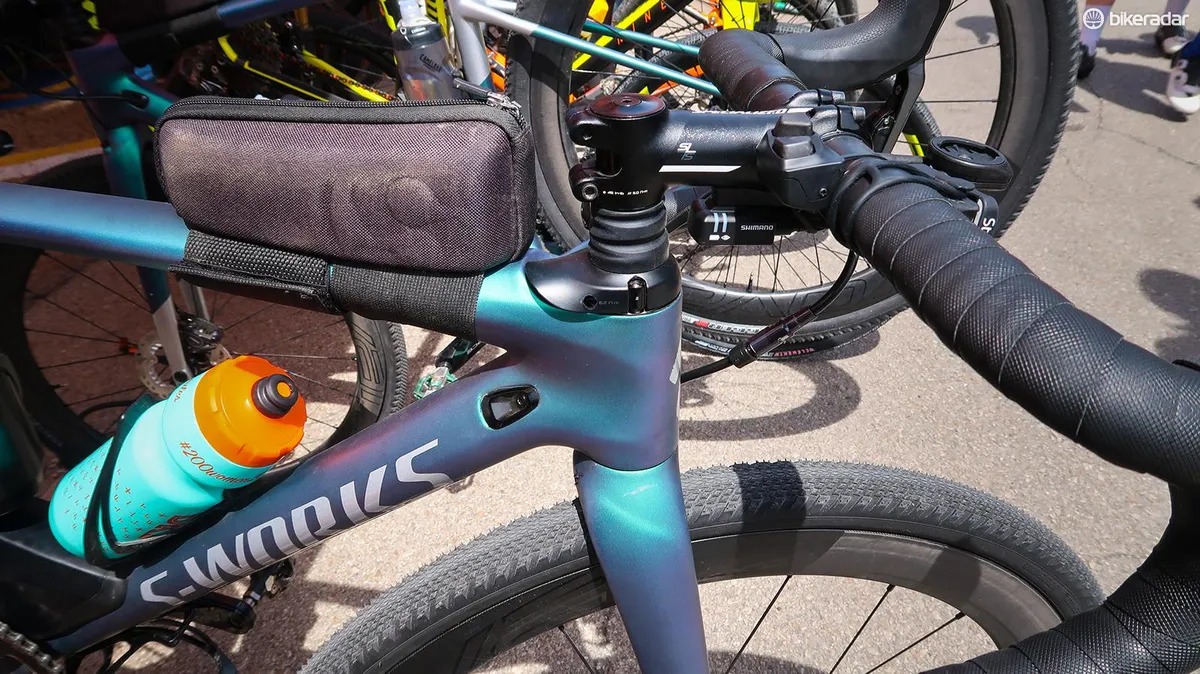
The new bike clearly borrows heavily from the Roubaix’s aesthetics, including the dropped seatstays for increased flex.
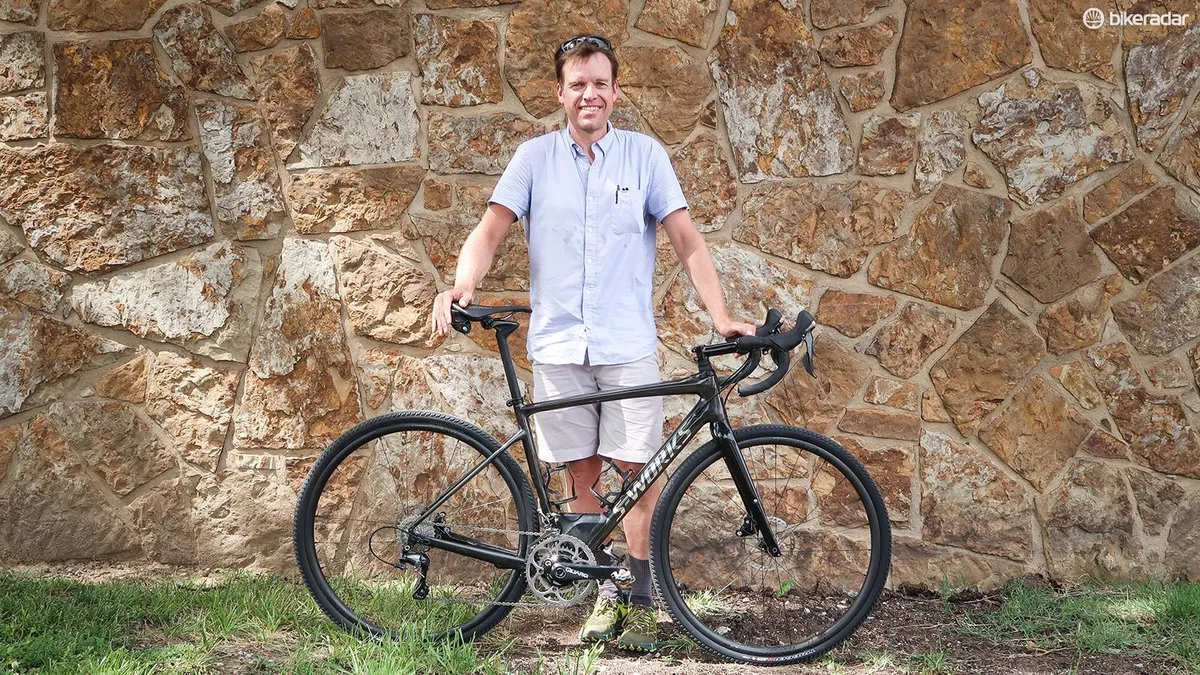
Stay tuned for more on this bike…
New-school cyclocross is still as common as purpose-built gravel
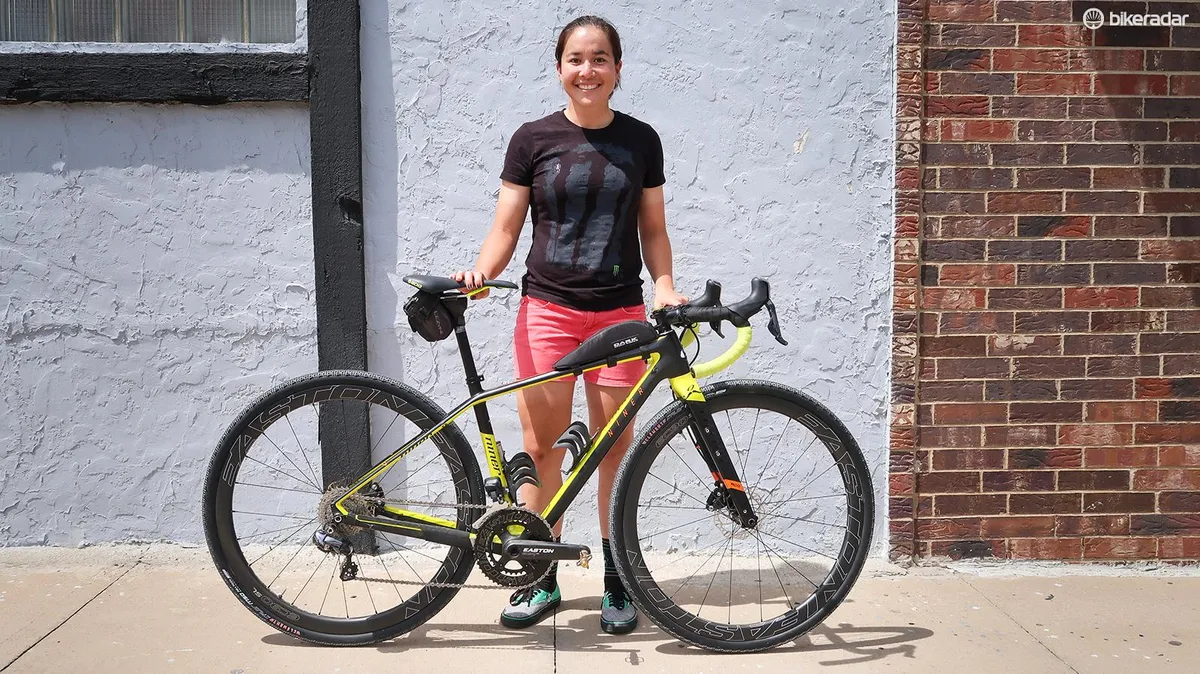
My informal survey of the most common race bikes was topped not by a gravel bike, but by a CX rig.
The Specialized CruX is a very popular choice for gravel. The fact it has a low bottom bracket, slack head angle, clearance for 40mm-wide tires and an additional set of water bottle bosses on the bottom of the down tube all make it a suitable steed for these sorts of events.
The CruX has been ridden to multiple DK200 victories by Rebecca Rusch and Dan Hughes. It was also was my weapon of choice for the race last year.
Another very common bike was the Salsa Warbird. Unlike the CruX, the Warbird was designed specifically with events like this in mind. It’s a bit longer than the CruX and more forgiving over long distances.
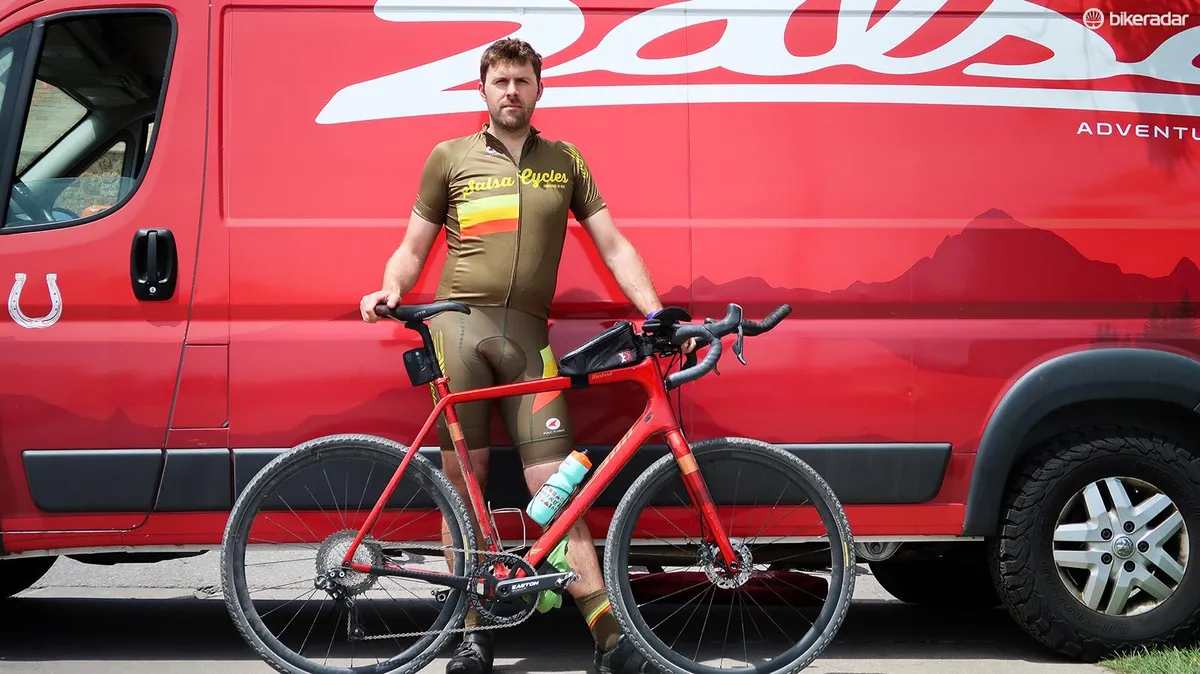
Niner’s RLT 9 and RLT 9 RDO were also popular choices.
One niche bike that had a very strong showing at this event is the Open U.P. For such a small company, the U.P. was a frequent sight on the course.
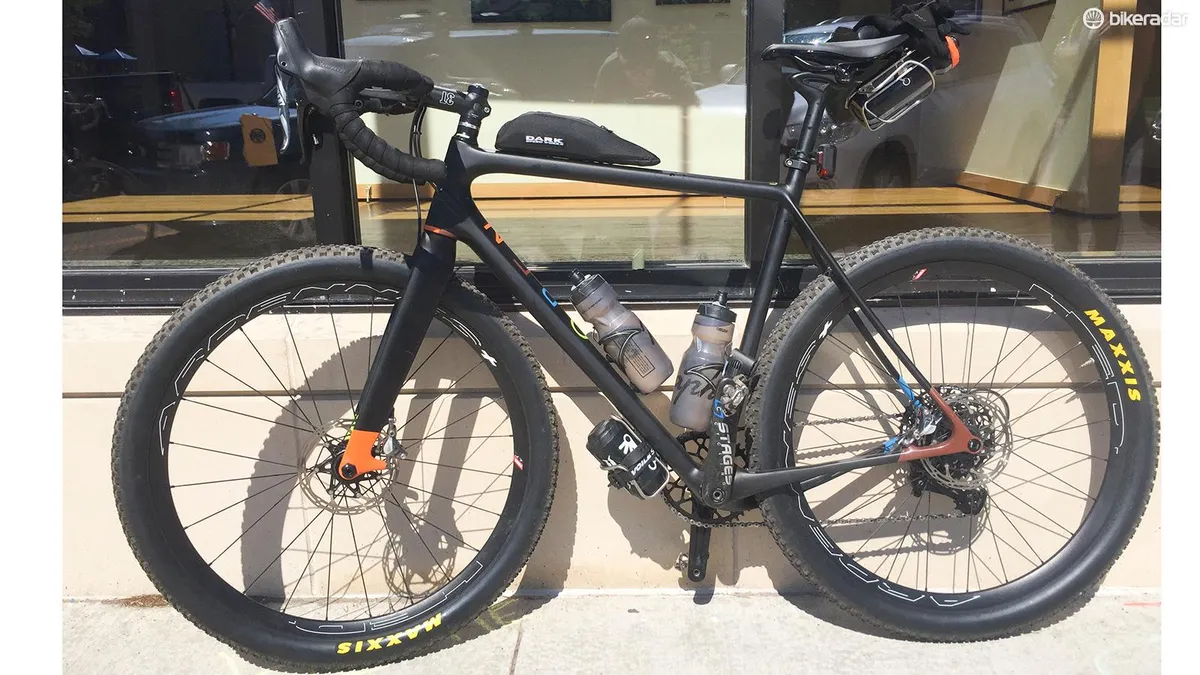
700c trumps 650b for racing
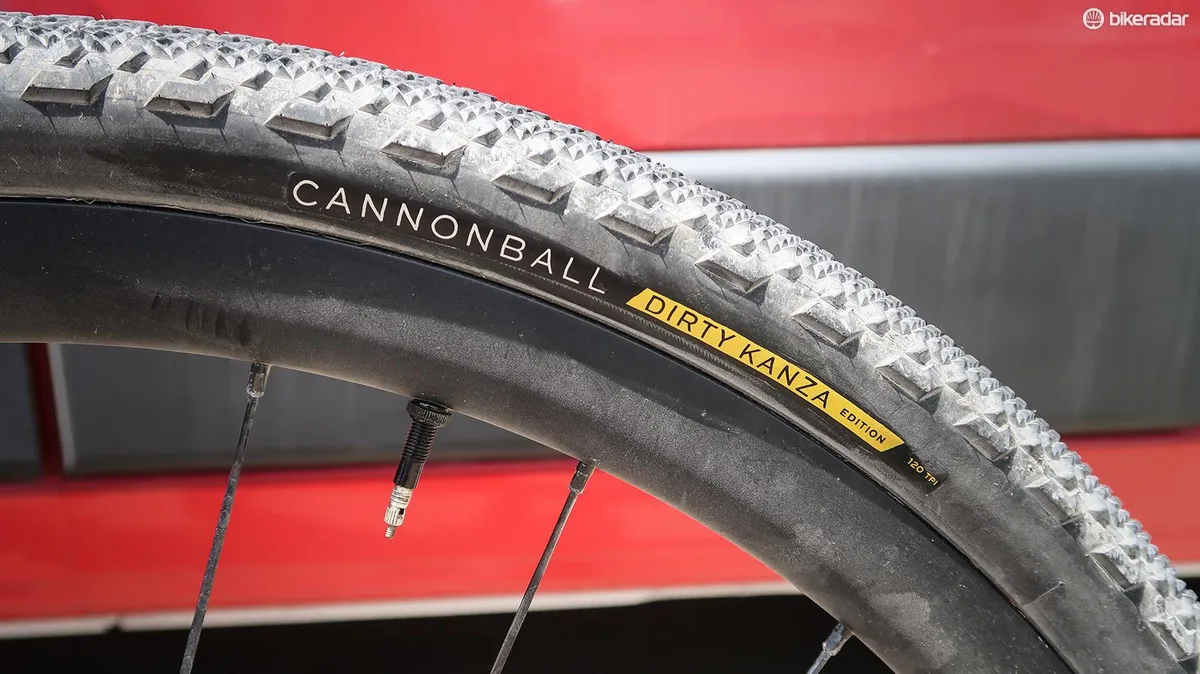
There’s been a significant resurgence in high-volume 650b wheels and tires in the past two years, and while it’s increasingly common for adventure touring bikes, there appears to be less interest in this size when it comes to racing.
Despite the fact that the Cannondale Slate has now claimed two DK podiums, only a very small minority of riders chose 650b setups.
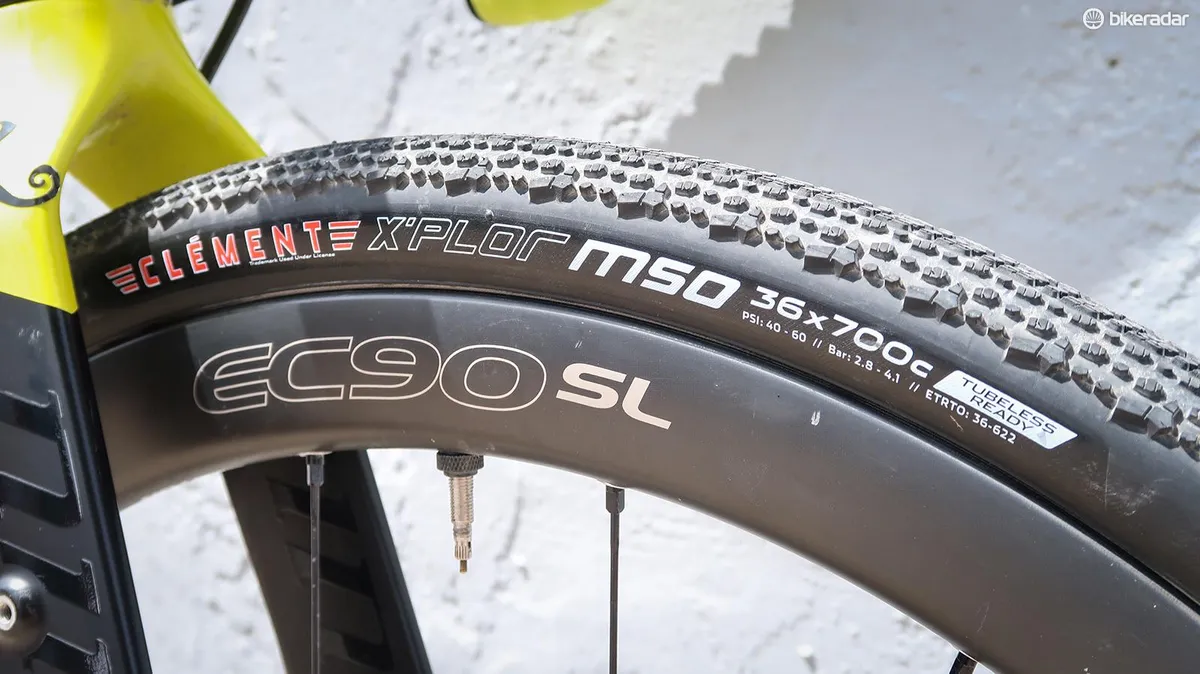
Tire choice is critical to surviving this event. Most riders ran tires in the range of 36-42mm. The top five tires I saw were the Specialized Trigger Pro, Clement X’PLOR MSO, Panaracer Gravelking SK, Terravail Cannonball, and the Schwalbe G-One.
